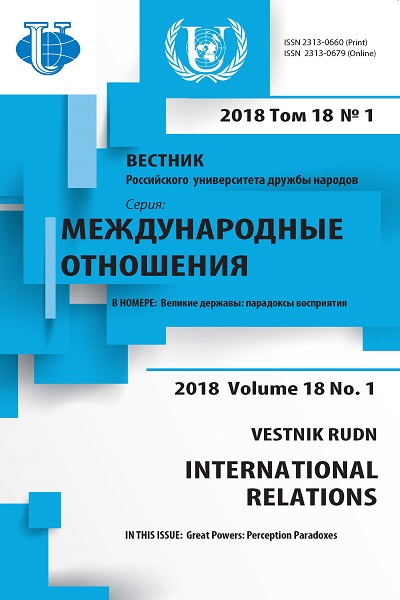Abstract
The search for foreign policy guidelines for the newly independent states that emerged as a result of the collapse of the USSR, is closely linked to the recognition on their part of certain norms, values and attitudes as benchmarks in the international arena. In addition, the foreign policy orientation of a state that has gained independence implies its strategic orientation to individual states or a union of states that are its authority. This article considers the main cause-effect manifestations of this factor with reference to “transitional” post-Soviet states in the context of Russia’s integration initiatives. The article states the fact that Russia is striving to implement integration projects in the post-Soviet space, but there are barriers on this path that are caused by Russia’s objective (primarily economic) relative weakness in comparison with the cumulative West. However, there is another, very strong reason for the problematic integration under Russia’s leadership-the lack of a value system and ideological attraction in post-communist Russia, unlike the West, which has long understood itself as a single value system. This factor, in turn, hinders the strengthening of Russia’s image, which, despite its strong political and economic leverage, does not become a foreign policy authority for other post-Soviet states. Consequently, integration and cooperation within the structures dominated by Russia (CIS, CSTO, EAEC) has significant flaws, the spirit of partnership is often dominated by the rivalry and self-interest of individual state actors that perceive national interests in their own way; there is no ideological basis for cohesion and solidarity between these states-actors. Russia lacks not only pronounced positive value points that are attractive to its neighbors, but it also can’t justify the existence of a common external enemy or common challenges. Without this factor, the strength of alliances under the leadership of Russia becomes more problematic.











